|
|
|
|
The 1.6 km Ping Shan Heritage Trail debuted in 1993 linking several landmarks across historical villages in the northwest New Territories. Ping Shan was an important stronghold for the Tang clan, whose ancestors came from Jiangxi province during the Song Dynasty, and settled in this area in the 12th century. The clan built 3 walled and 6 other villages, including ancestral halls, temples, and study halls.
Just outside Tin Shui Wai railway station is Tsui Sing Lau Pagoda. Built more than 600 years ago, the hexagonal structure was originally located by the bay to ward off evil spirits and flooding as well as give luck to clan members taking the imperial civil service exams.
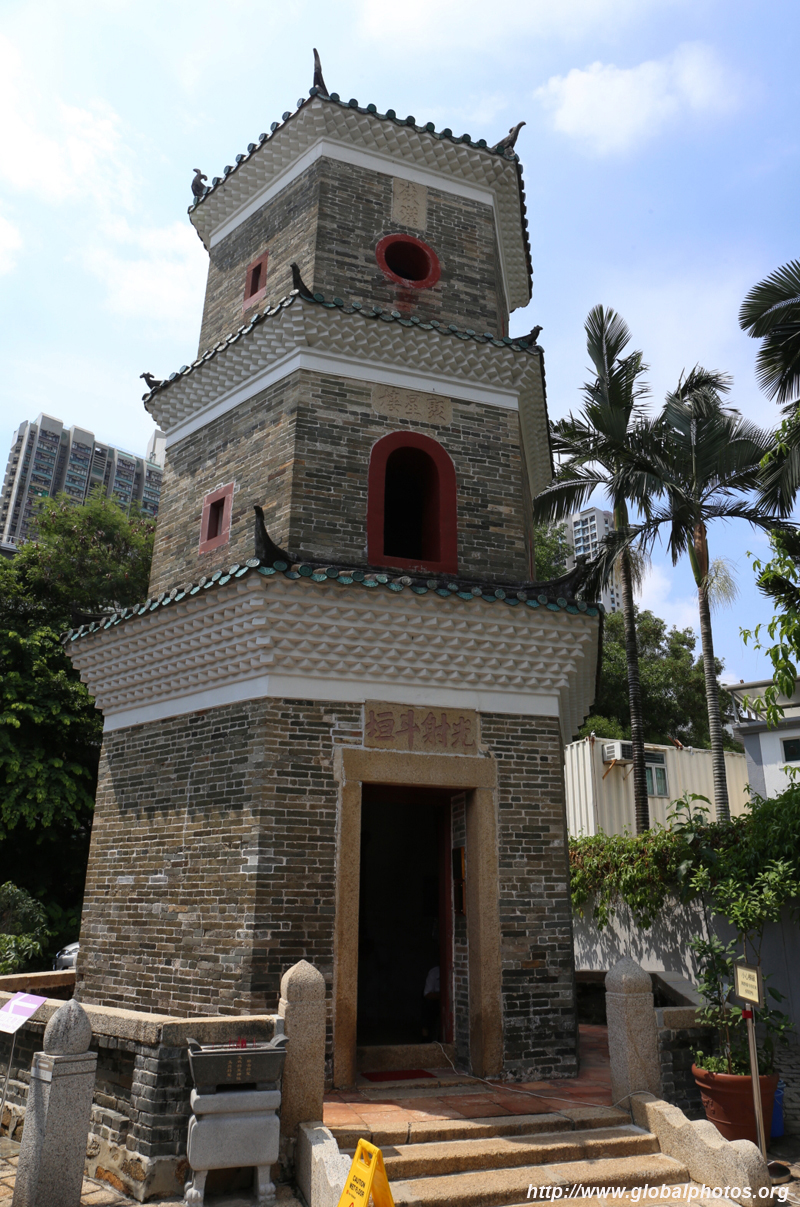
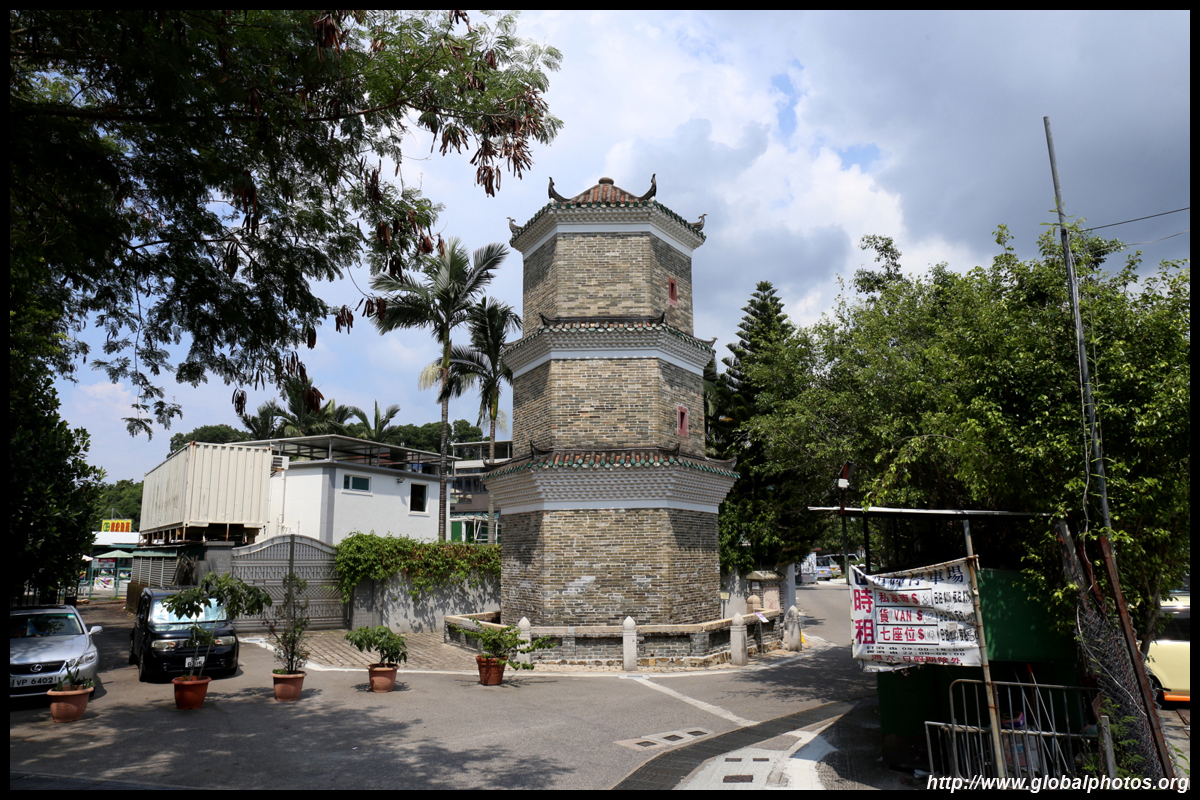
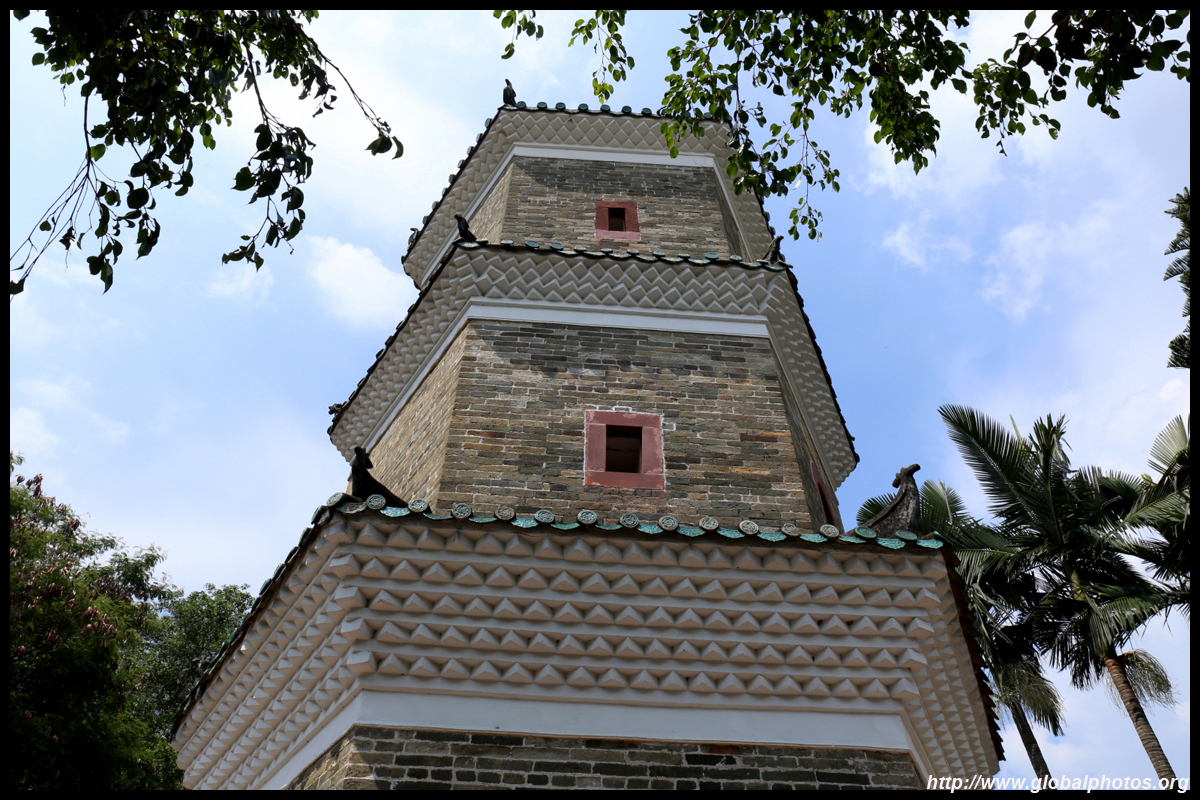
Modern residentials now line its surroundings.

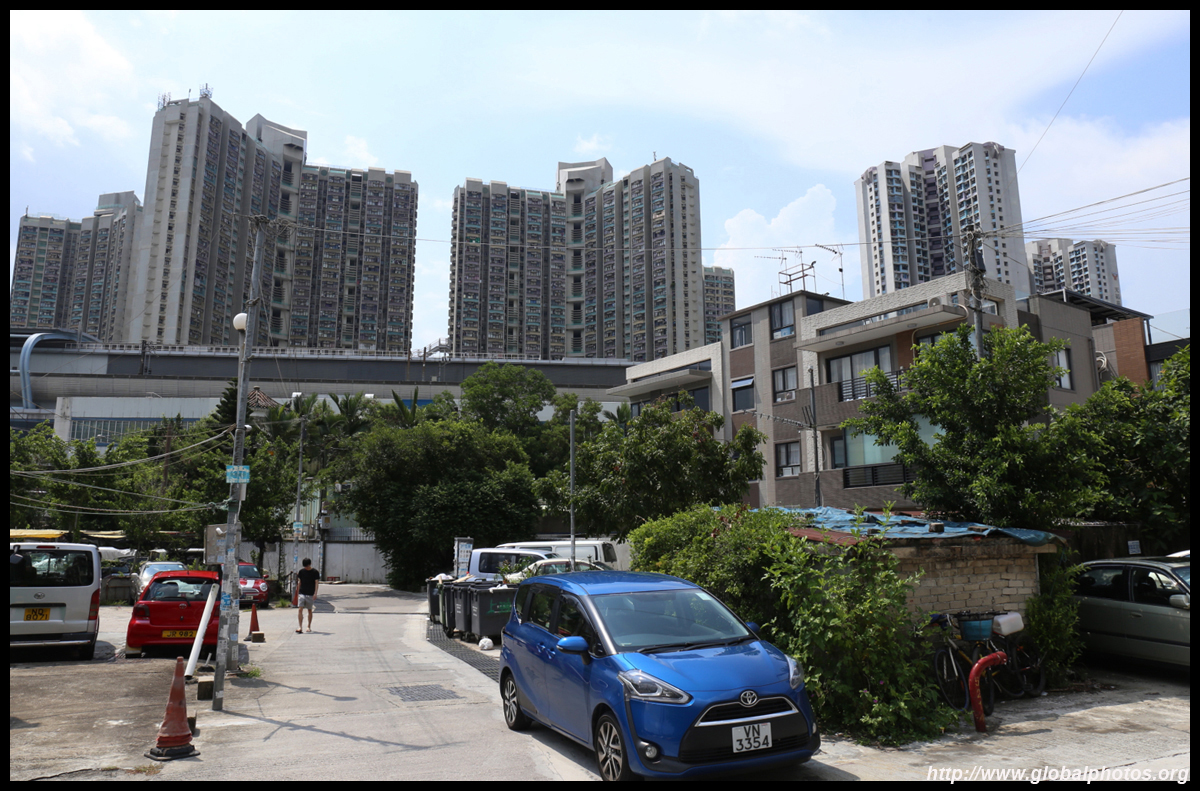
|
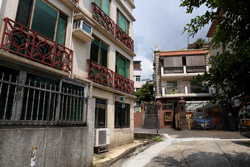
|
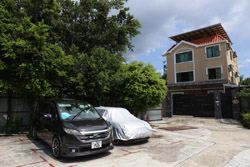
|
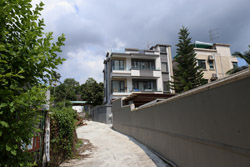
|
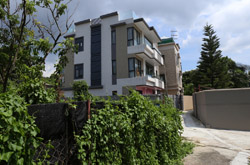
|
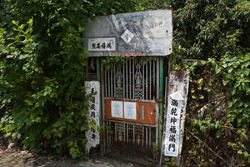
|
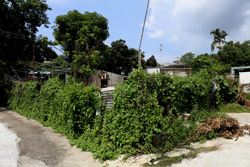
|
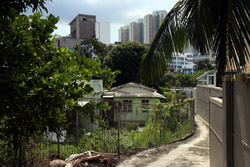
|
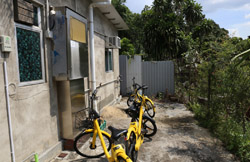
|
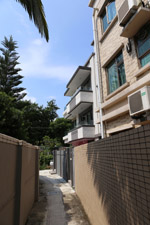
|
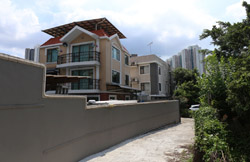
|
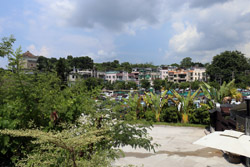
|
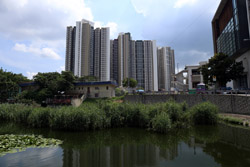
|
The Shrine of the Earth God is a typical feature in Chinese villages to worship for protection.
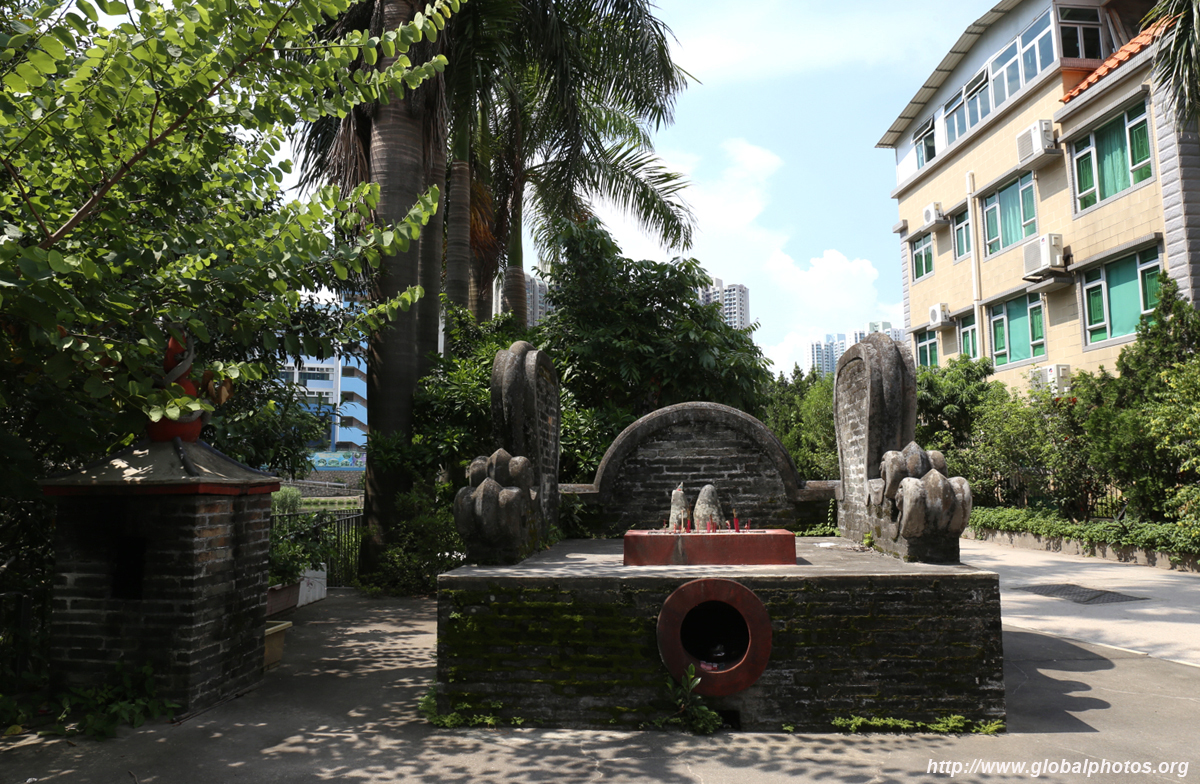
A short walk away, Sheung Cheung Wai was a walled village dating from 200 years ago. The layout was symmetrical with rows of houses enclosed inside. The moat has since been filled in, and many redevelopments have taken place.
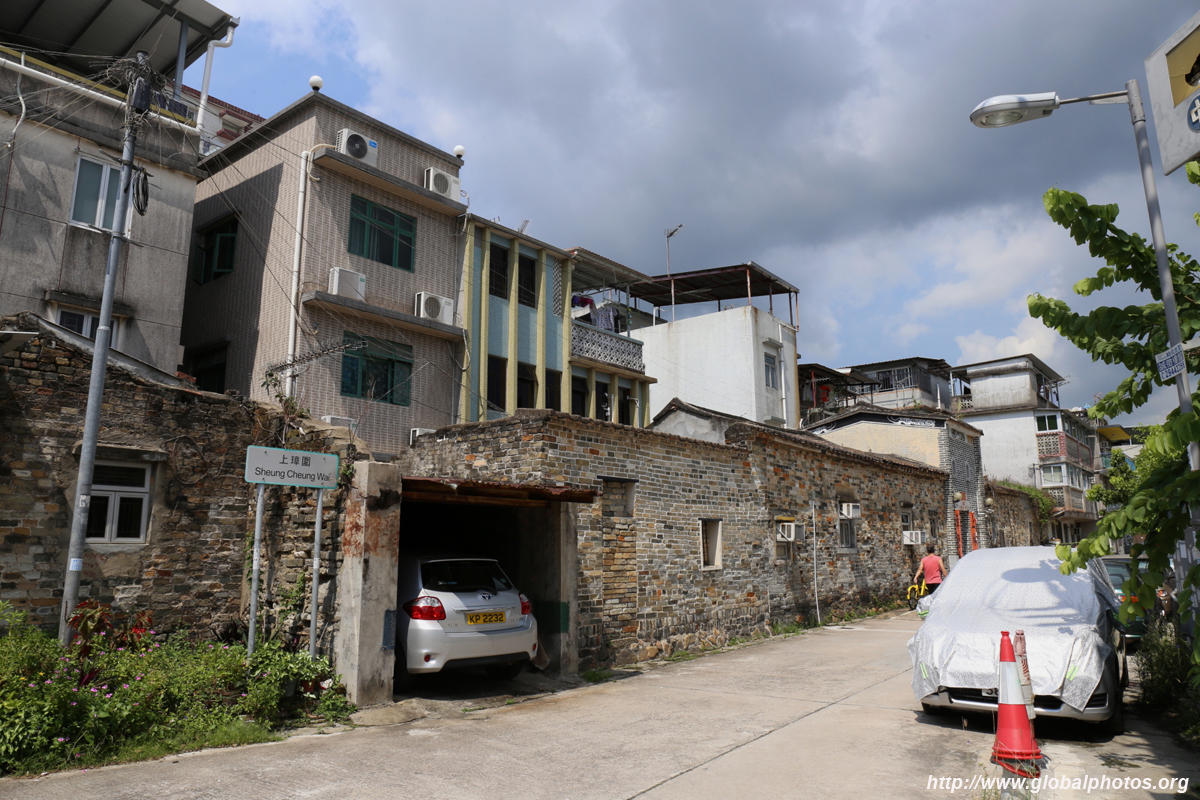
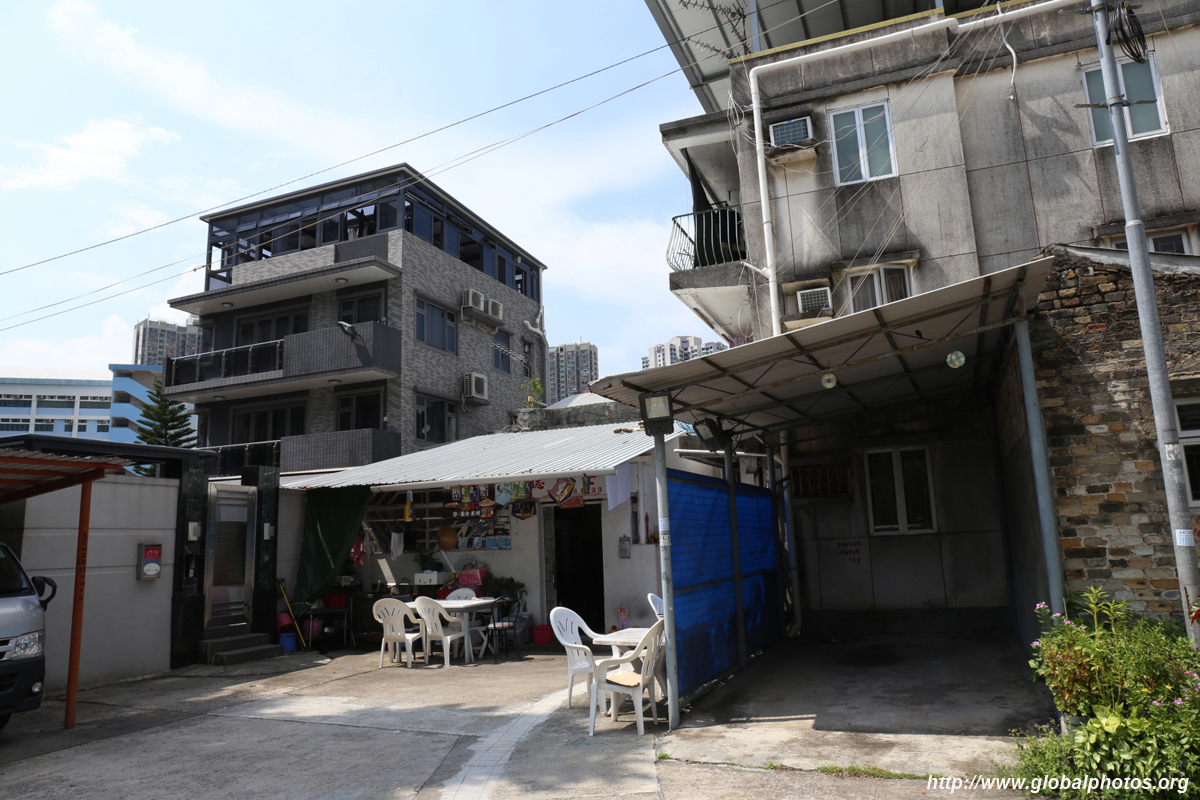
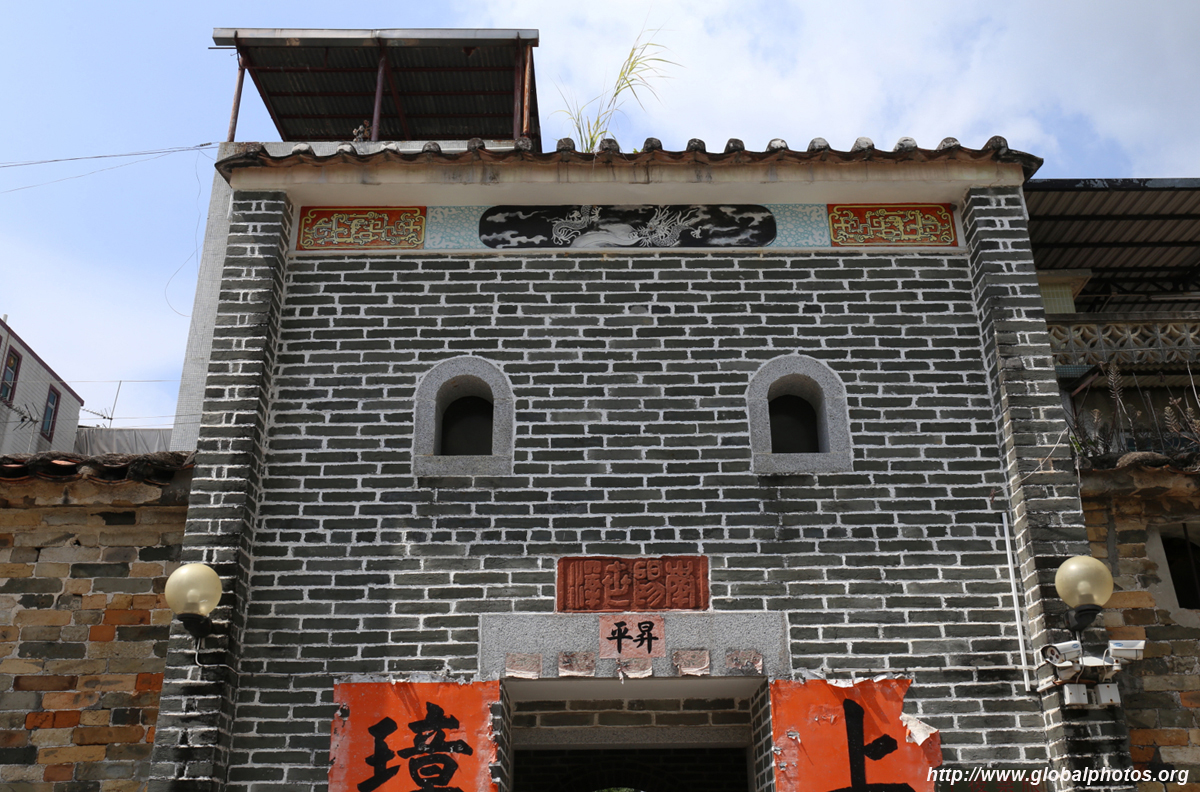
|
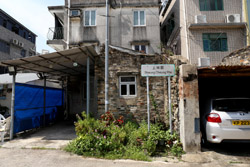
|
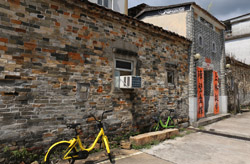
|
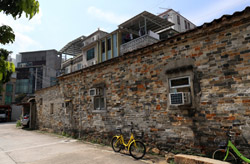
|

|
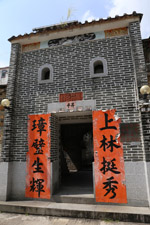
|
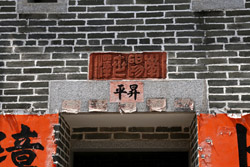
|
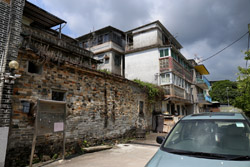
|
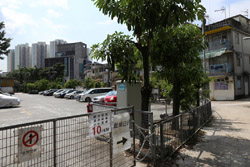
|
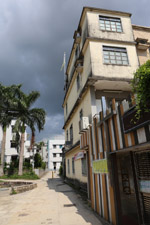
|
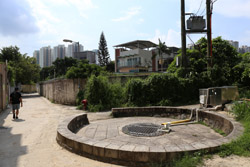
|
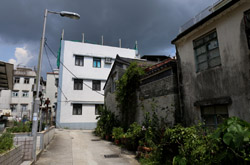
|
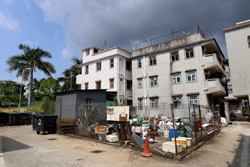
|
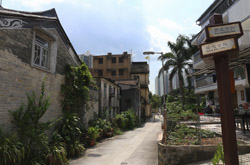
|
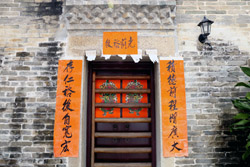
|
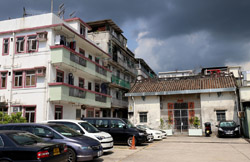
|
The Tang Ancestral Hall was built 700 years ago and was restored in 1990. It is still used by the clan to worship their ancestors, hold important meetings and festivities. Outside, the courtyard guarded the hall with small cannons.
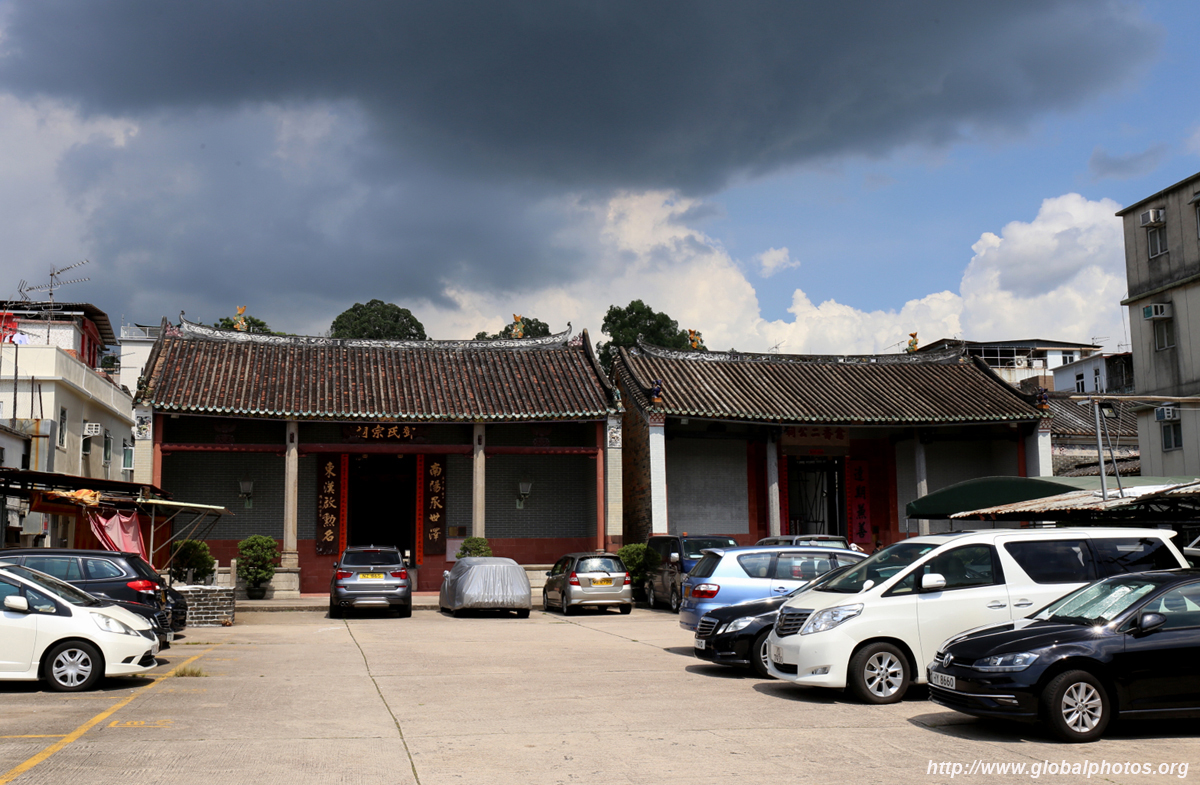
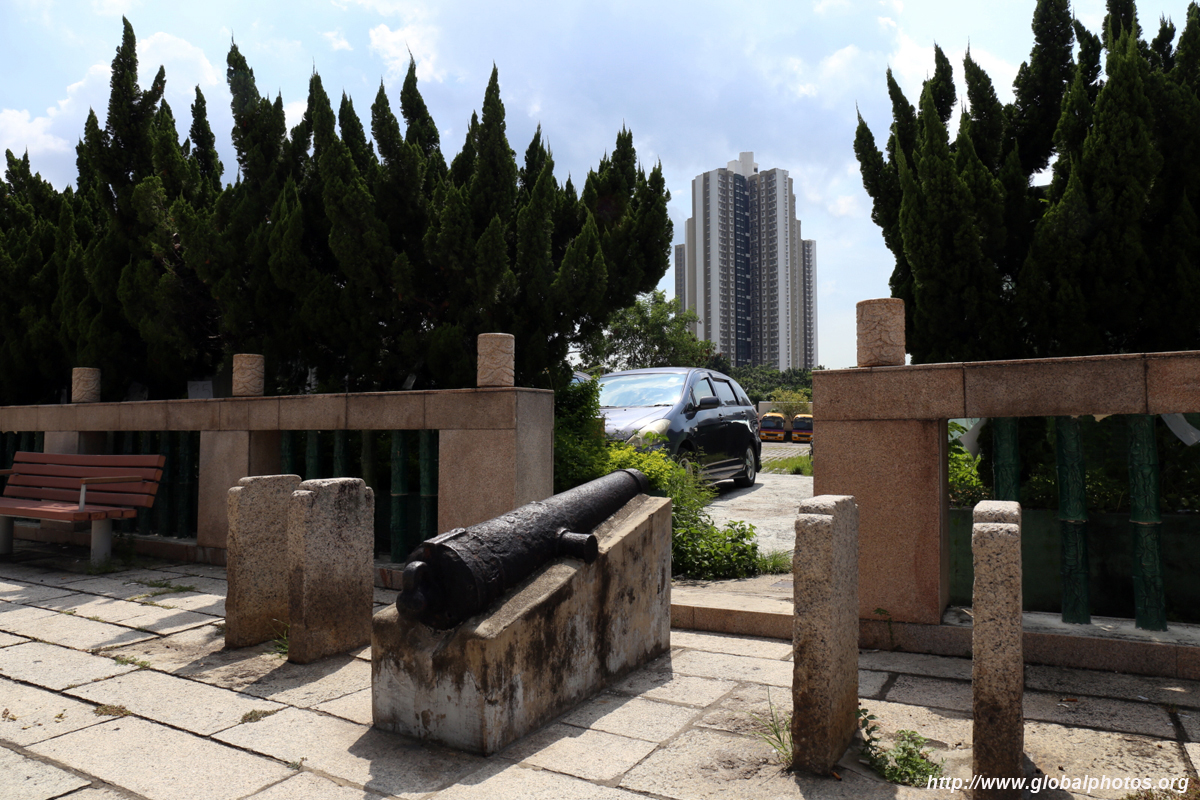

|
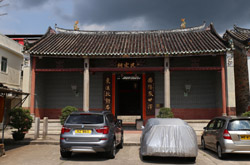
|
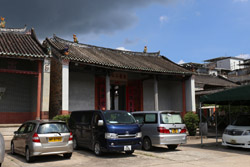
|
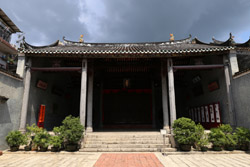
|
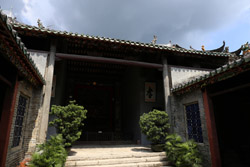
|
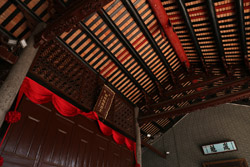
|
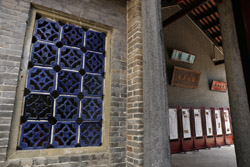
|
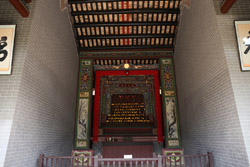
|
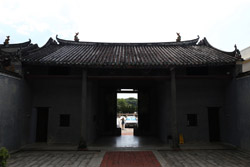
|
|
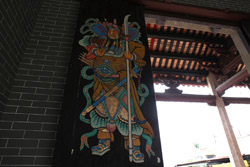
|
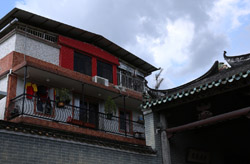
|
The village is still populated today but looks more like a modern lowrise town than an ancient walled village.

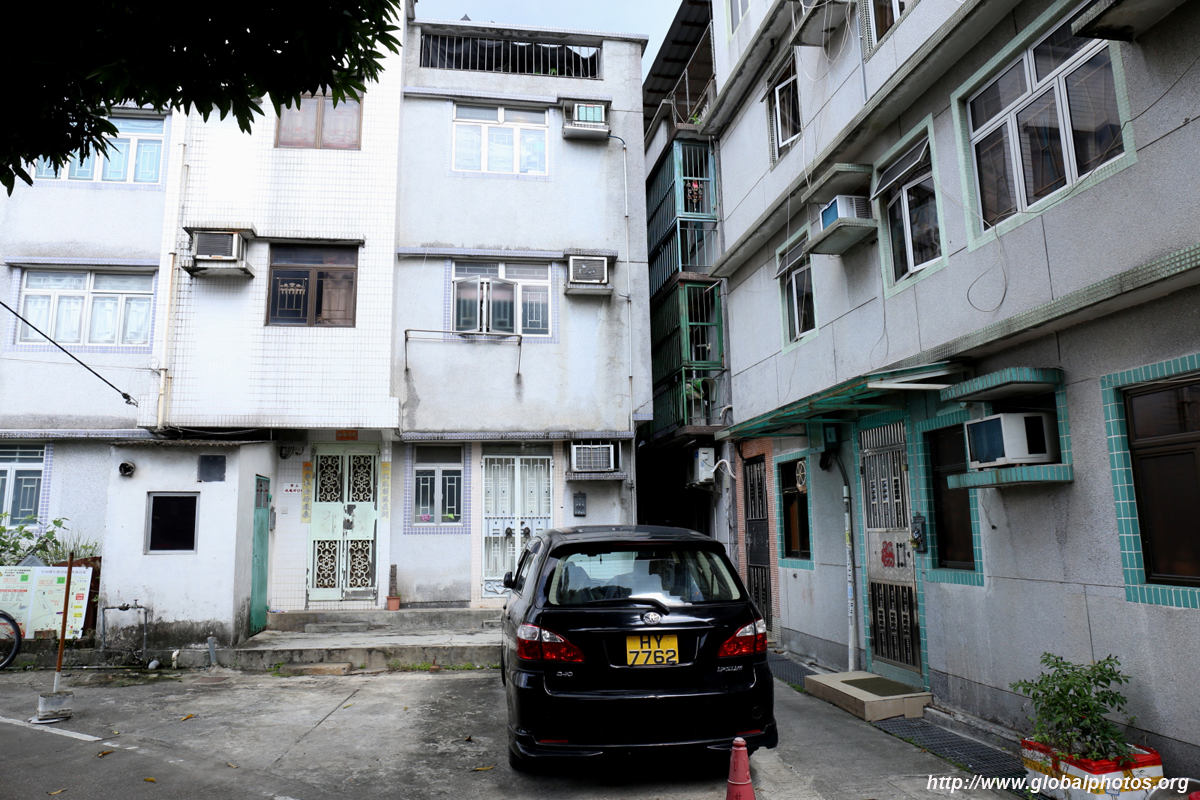
Kun Ting Study Hall was built in 1870 for both education and ancestral worship. It was used as a police station when the British occupied the area in 1899.

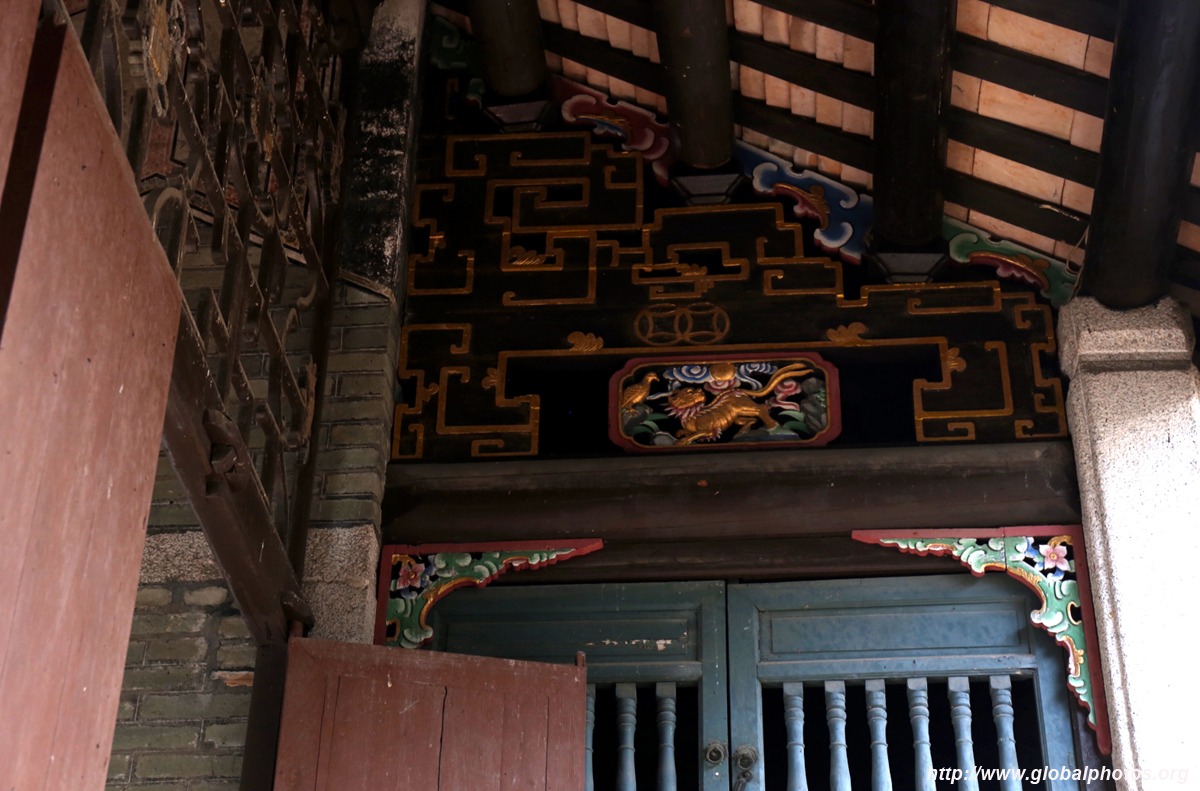
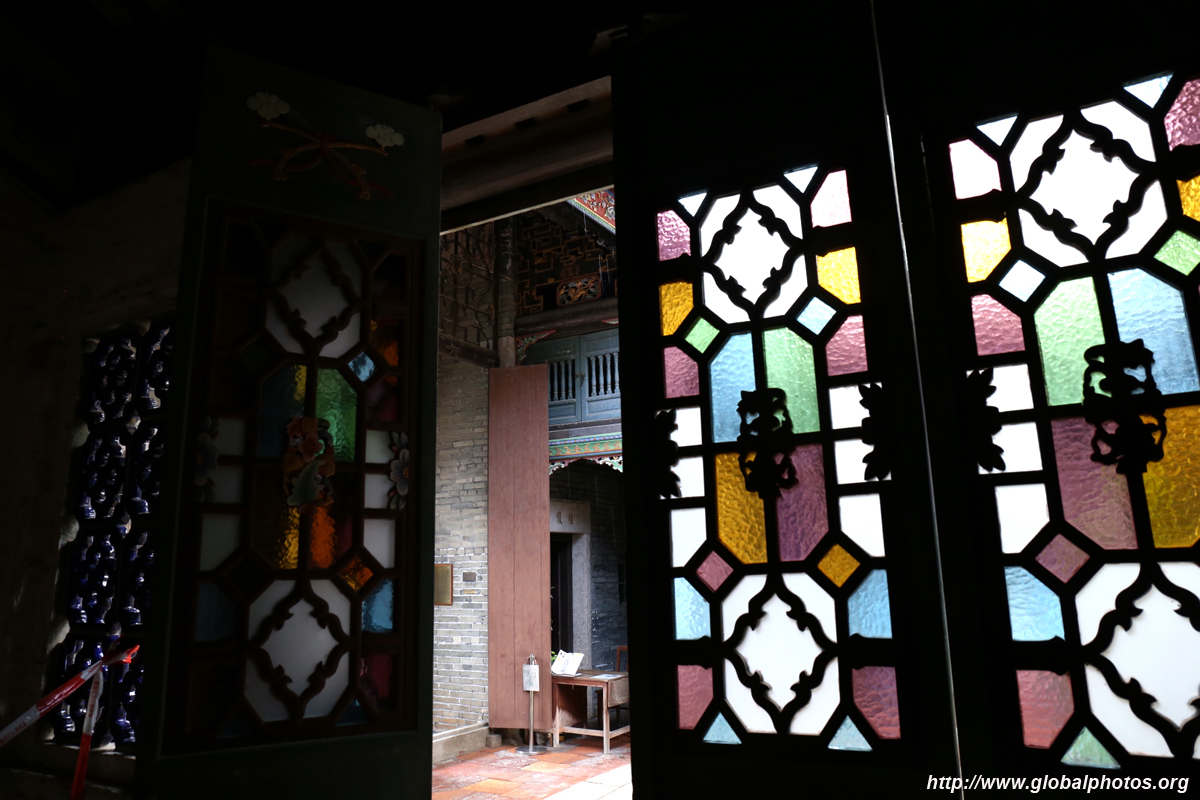
|
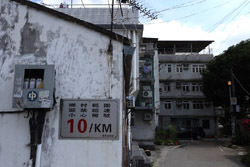
|

|
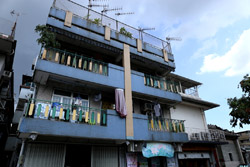
|
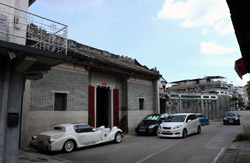
|
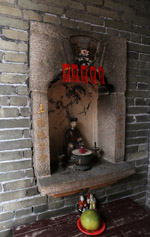
|
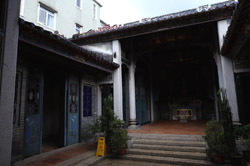
|
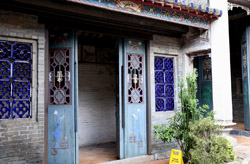
|
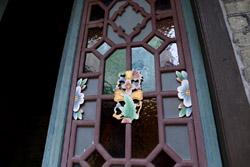
|
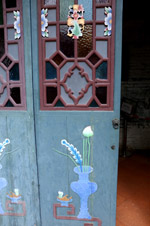
|
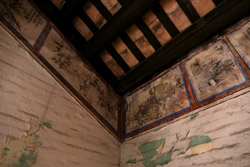
|
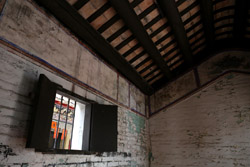
|
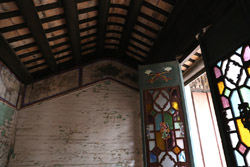
|
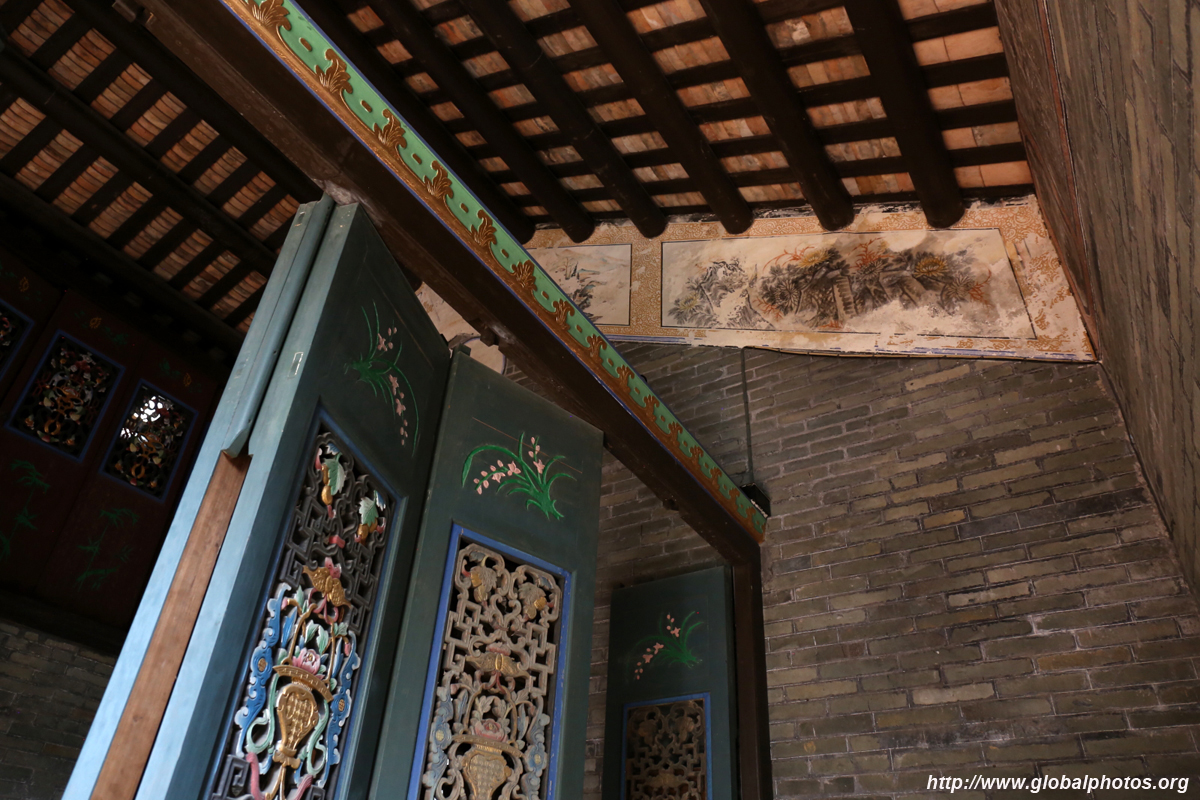


|
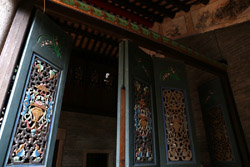
|
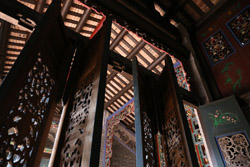
|
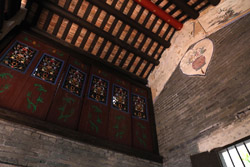
|
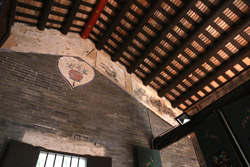
|
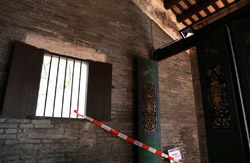
|
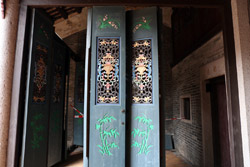
|
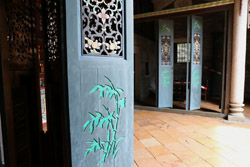
|
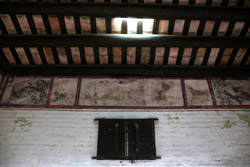
|
|
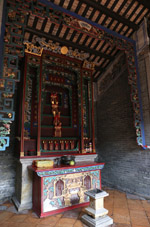
|
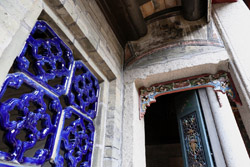
|
Ching Shu Hin is just next to the study hall and was used as a guesthouse. It was richly decorated to impress visitors with carved panels, murals, plastic mouldings, and more.


|
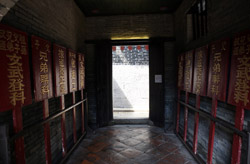
|
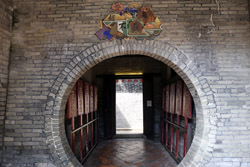
|
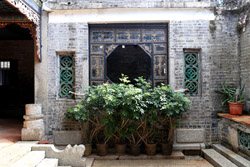
|
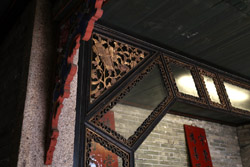
|
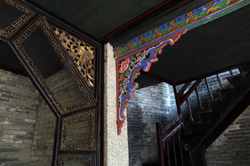
|
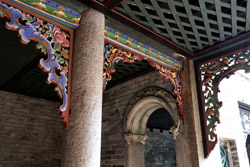
|
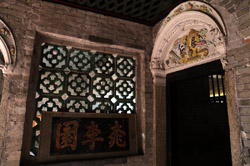
|
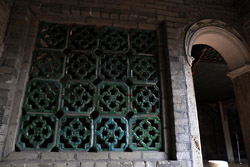
|
|
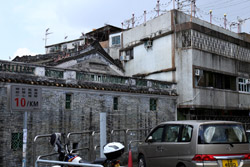
|
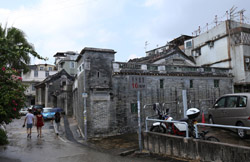
|
Uphill with a commanding view of the surrounding villages, the Old Ping Shan Police Station was completed in 1900 and is the only colonial building on the trail. It is now the visitors centre.









|

